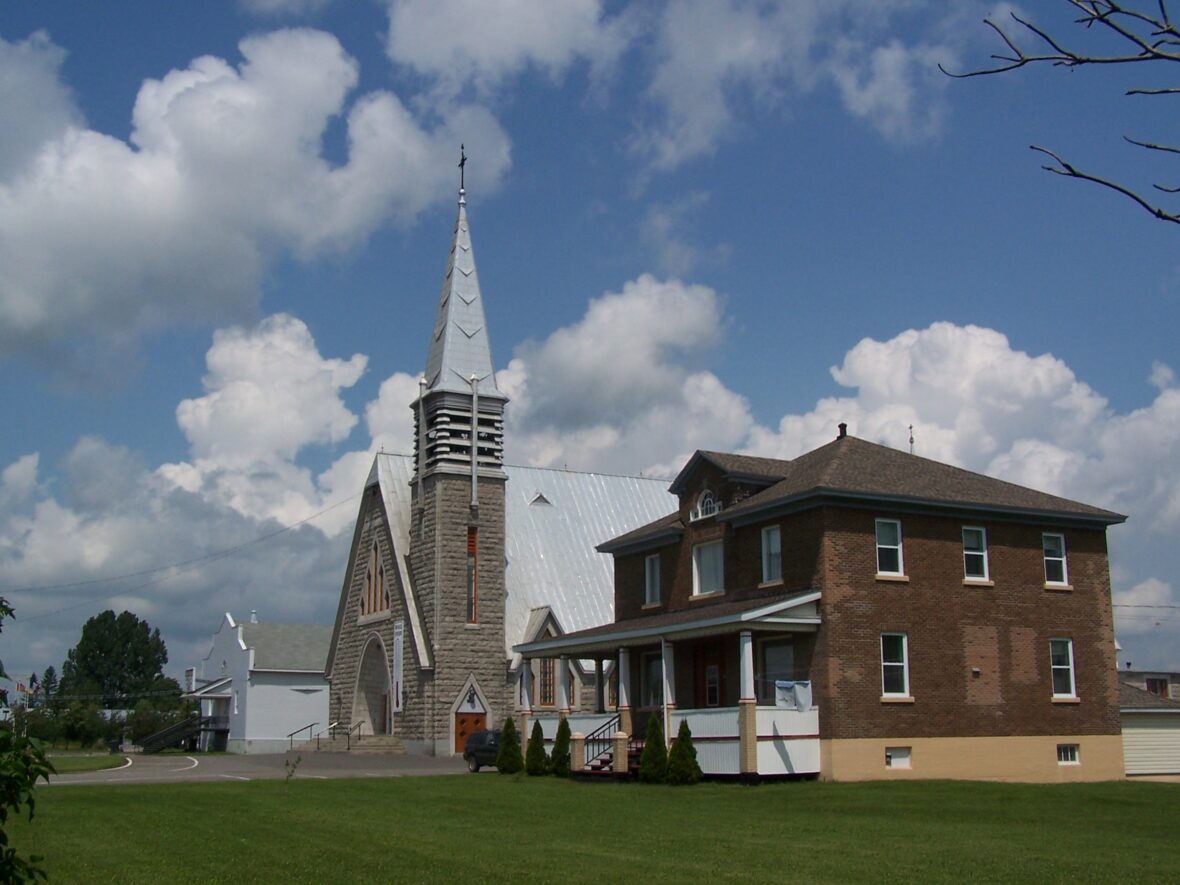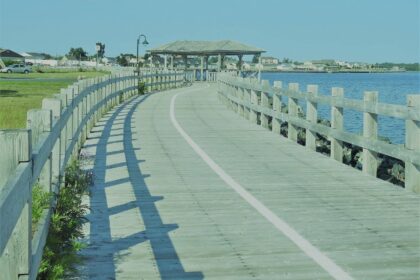Saint-Quentin is a Canadian town in Restigouche County, New Brunswick. Saint-Quentin is located in the Appalachian Mountains, 50 kilometres west of Mount Carleton, the province’s highest elevation point. Take a look below for 22 fun and awesome facts about Saint-Quentin, New Brunswick, Canada.
1. The population was 2,194 in the 2016 census.
2. The majority of individuals in the area speak French.
3. In 1897, the Restigouche and Western Railway Company embarked on a project to build a railway linking Campbellton and St-Léonard, two towns in northwestern New Brunswick.
4. The progress of its construction sent workers deep into the forest.
5. In 1909, Simon Gallant, an Acadian working as a blacksmith, decided to settle his family by a stream near Five Fingers where he found a stray cow.
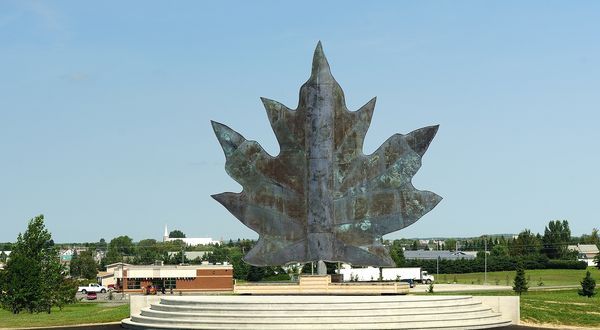
6. At the same time, authorities began to worry about the emigration of Québec families to the United States and to Western Canada, resulting in a population decline.
7. Msgr. Joseph Arthur Melanson, the largest settler and missionary in Saint-Quentin Parish, originally named Anderson Siding, launched a large program of colonization.
8. Valuing farming and agriculture, he encouraged Acadien and Québécois families to settle in the Restigouche region of New Brunswick on the fertile lands along the length of the newly built train line.
9. The village of Anderson Siding was founded in 1910; its first mass was held in Simon Gallant’s round log cabin in the forest.
10. The first chapel was built in 1911, its first post office in 1912, its first school in 1913, and its first church in 1918.
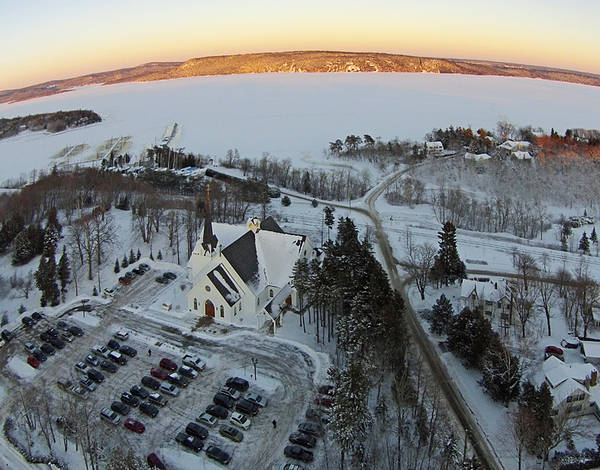
11. The name Anderson Siding was changed to the present name of Saint-Quentin in 1919 in commemoration of the Canadian victory in the French town of the same name during the Battle of the Somme in the First World War.
12. Its first hospital, Hôtel-Dieu Saint-Joseph, was built in 1947 and is still in operation today.
13. Saint-Quentin was incorporated as a district in 1947, as a village in 1966, and as a town in 1992.
14. Logging of the area’s rich forests is Saint-Quentin’s largest industry.
15. The two sawmills, Groupe Savoie and North American Forest Products, are Saint-Quentin’s largest employers, employing 400 and 225 employees respectively.
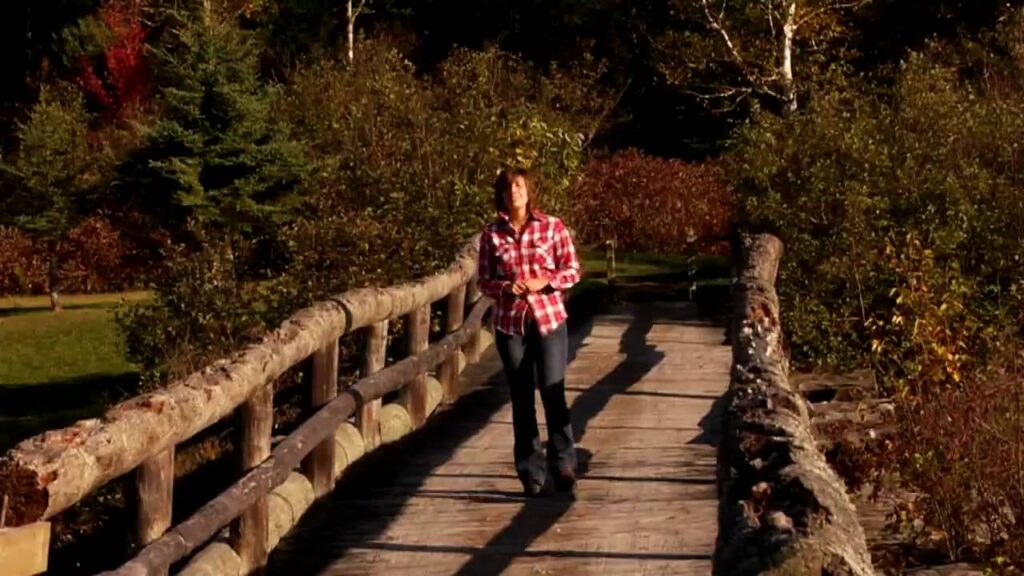
16. Agriculture is another major industry in the region near Saint-Quentin.
17. Livestock is raised for dairy, beef and pork production, and potatoes, grain and hay are grown on the area’s many farms.
18. The production of maple syrup and other maple sugar products is the third major industry in the region; there are over 35 commercial maple plantations as well as 25 traditional sugar shacks in the area.
19. In 2005, the former railway station, which was reconstructed in its original location, reopened as a tourist centre as well as the offices of the Chamber of Commerce and the Festival Western. The route of the train tracks, which have been removed, has been transformed into a trail for walking, bicycling, and riding all-terrain vehicles and snowmobiles.
20. The Festival de l’Érable (Maple Festival), launched in 2004, takes place in the spring of each year, the maple sugar season, and includes tours of maple sugarbushes, shacks and refineries, as well as sawmills which process maple wood. In addition, it includes a market where vendors sell maple products, including syrup, sugar, salad dressing, and maple-flavoured alcoholic beverages.

21. A Carnival d’Hiver (Winter Carnival) is held in February and comprises winter-themed activities.
22. Golfing at the local golf course and riding ATVs and snowmobiles are popular activities.

